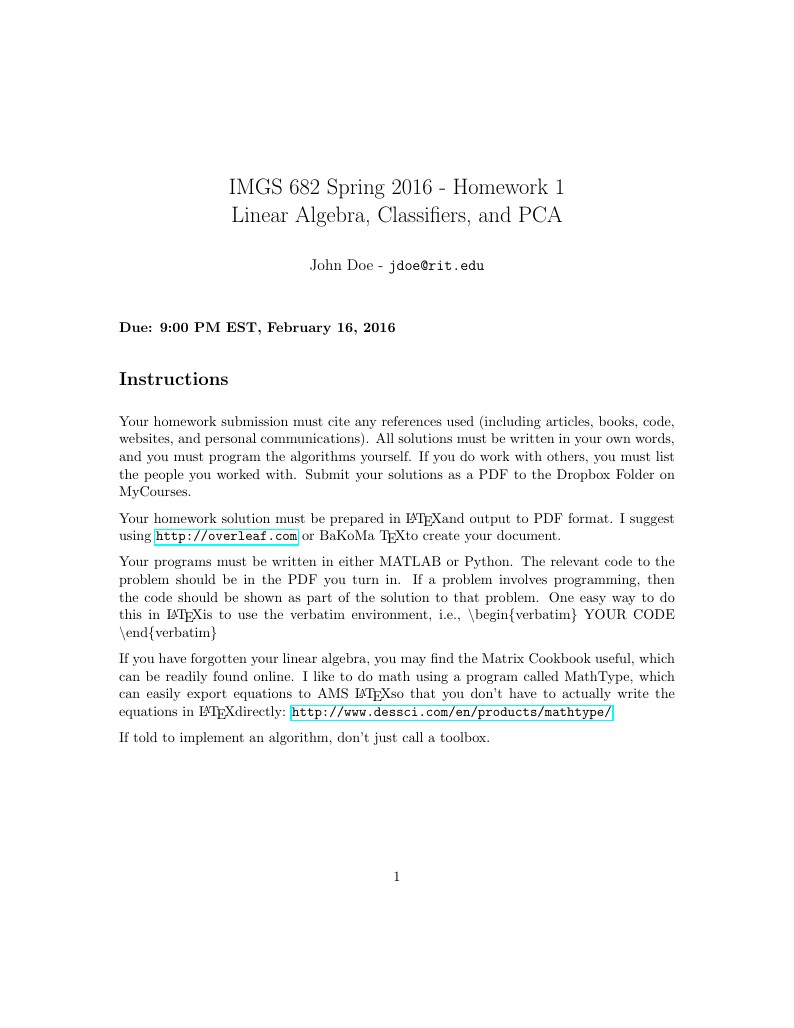
IMGS 682 Spring 2016 - Homework 1: Linear Algebra, Classifiers, and PCA
Autor:
Sanjana
Last Updated:
hace 10 años
License:
Creative Commons CC BY 4.0
Resumen:
homework

\begin
Discover why over 20 million people worldwide trust Overleaf with their work.